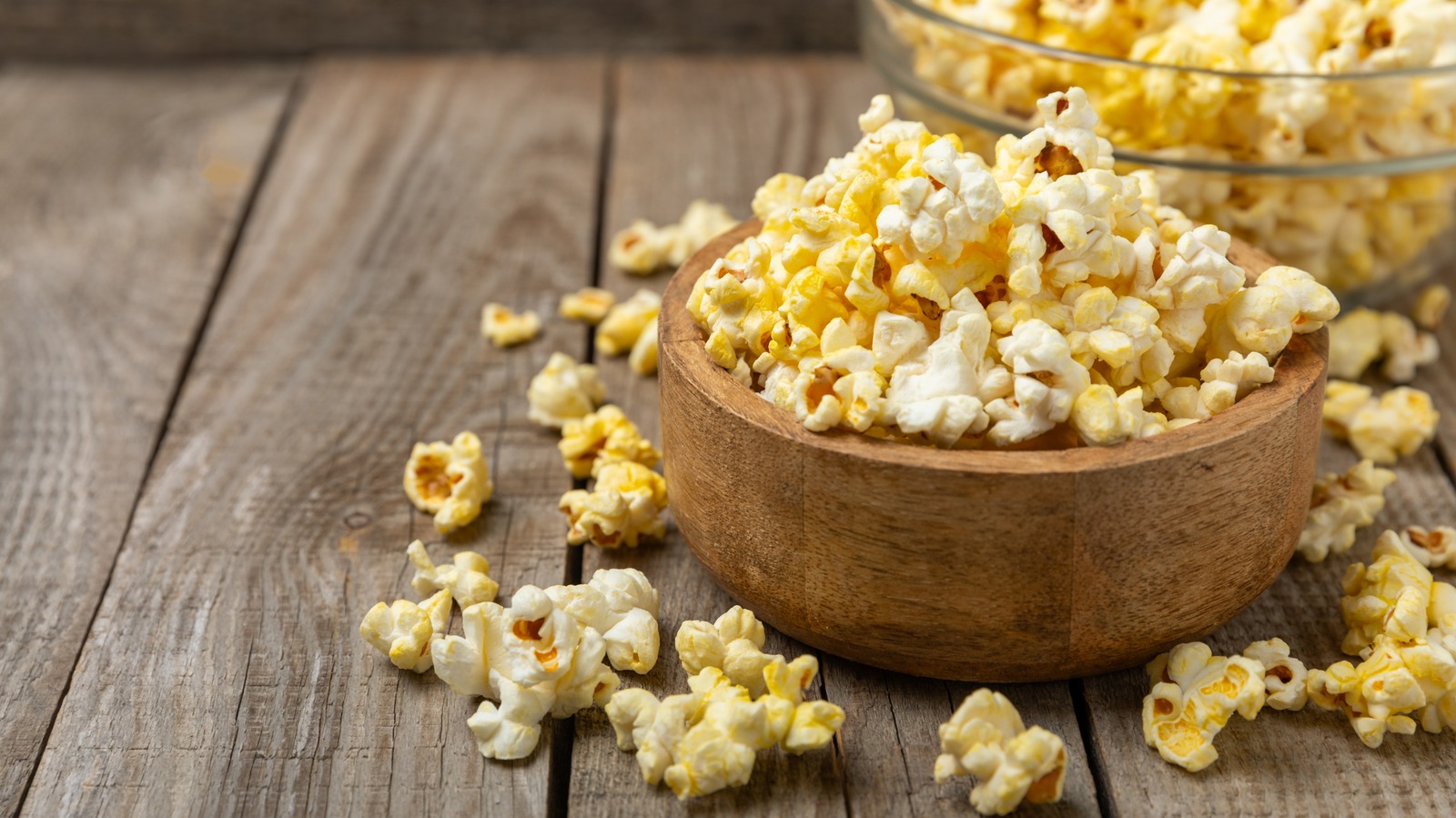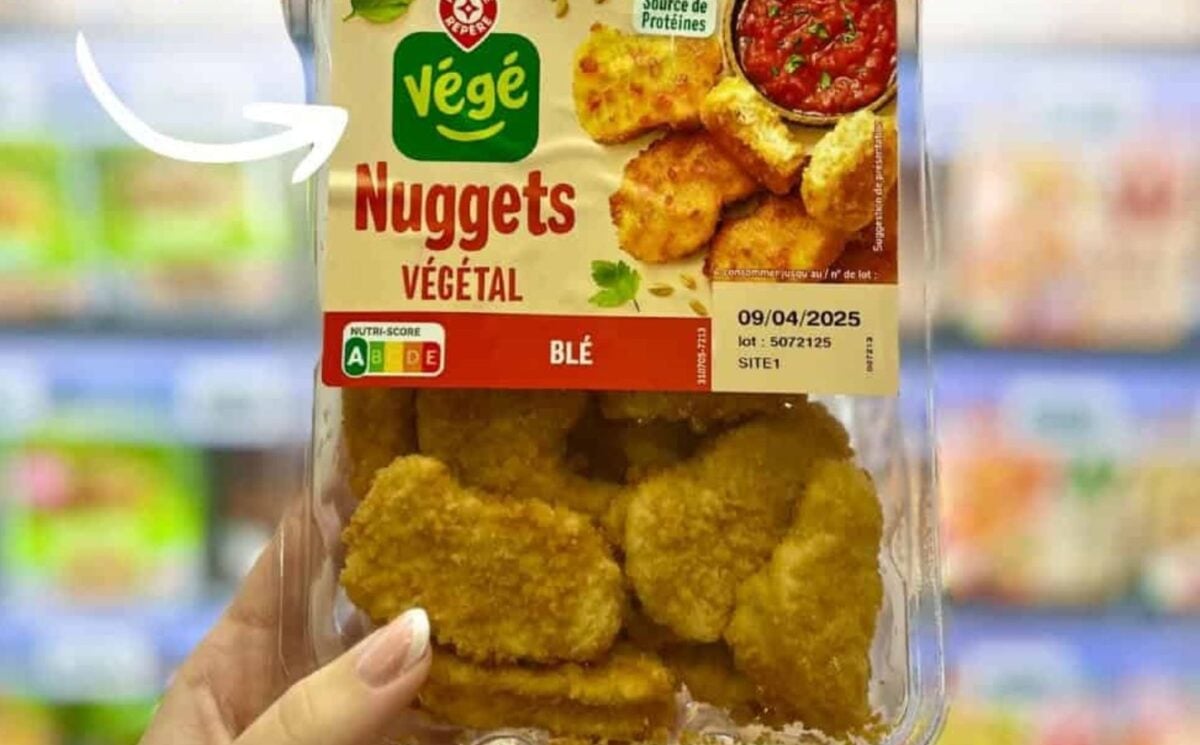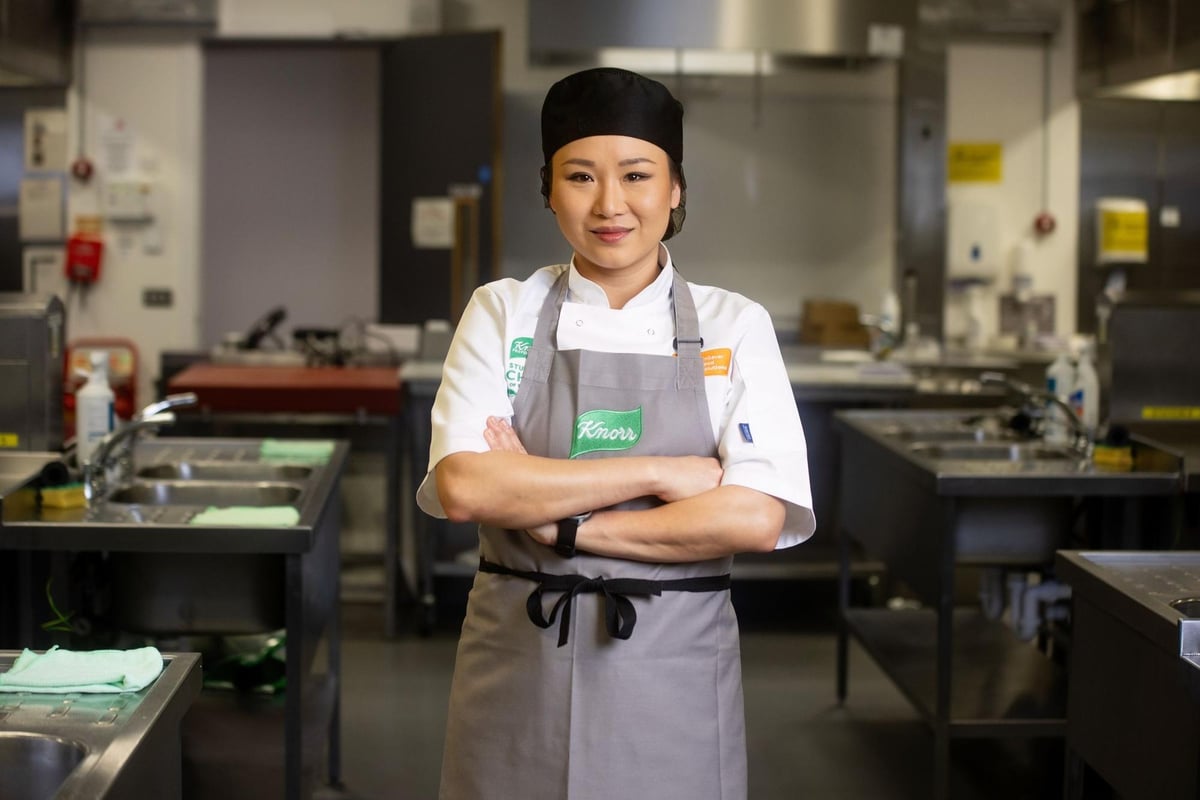
That familiar snack we munch on during movies pops up in two main forms: and yellow popcorn. It might seem like a small detail, but the color of these kernels points to real differences between them. Both kinds actually come from the same corn species, a special type known as zea mays everta, the only kind of corn that bursts open when heated.
White popcorn kernels look fairly small and oblong (like rice), often showing a bright white shell which is slightly see-through. They have a thinner outer layer, called the pericarp, which plays a big part in mouthfeel after they're popped. kernels are usually bigger and rounder than the white ones.

Their color is a sunny-like yellow with a solid (not transparent) look. Yellow kernels get their golden shade from naturally occurring chemical compounds (xanthophylls and carotene), which just so happen to be the same compounds that give carrots their distinct color. This difference in the thickness between yellow and white varieties is quite noticeable and directly influences the final product.
The science of the pop itself is pretty neat for both types, as each kernel holds a little starch and a tiny amount of water inside. When you heat up the kernels, that small amount of water turns into steam, and the pressure ultimately makes the outer shell explode. The starch inside puffs out instantly, creating the fluffy snack we eat piece by piece (for me, it's usually by the handfuls, to be honest).
Different popcorn brands will choose specific kernels based on size and softness, sometimes mixing different kinds together to have a mix of flavors and textures. Best times to use white and yellow popcorn Once you've popped your kernel of choice, more differences come to light. Since yellow popcorn starts off a little bigger, it usually pops into a larger piece which has a yellow tint to it.
Yellow popcorn typically has a denser feel, giving it a crispier, somewhat fuller bite. Since these kernels are larger and have more compounds in them, it usually has more of a nutty flavor even before toppings are added. This is usually what's served at movie theaters.
Since it's a tad thicker and more durable, it pairs well and holds up with hot, melted butter making a delicious, . White popcorn pops into clean, white pieces that are usually smaller and feel lighter. Because of this, the texture of white popcorn has less crunch and more of a soft, airy mouthfeel.
Flavor-wise, white popcorn has a relatively neutral taste which makes for a great base for toppings, seasonings, spices, and powders. You can also a little better since it's lighter and soaks in more. Choosing between them usually comes down to whether you want more of a flavorful crunch or a light, airy bite.
Whether you're ordering a delicious bucket at the cinema or making a home-popped snack ( ), you'll certainly be in for a treat. Recommended.















